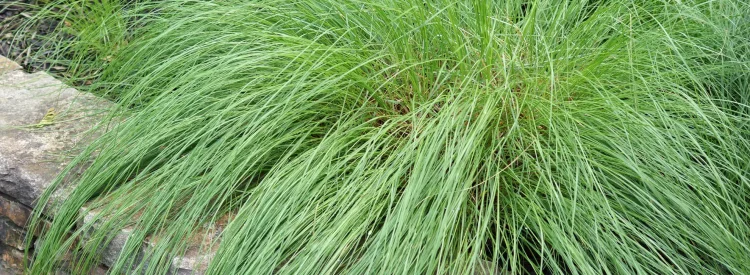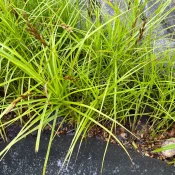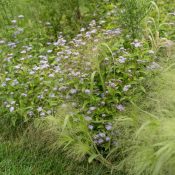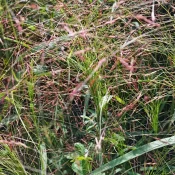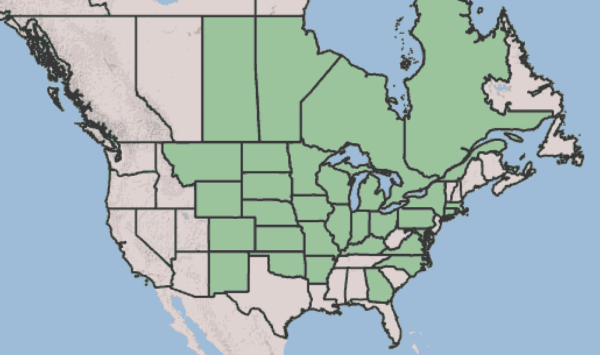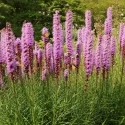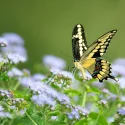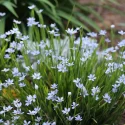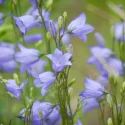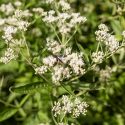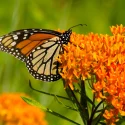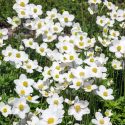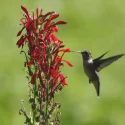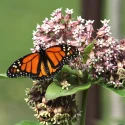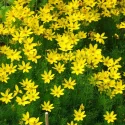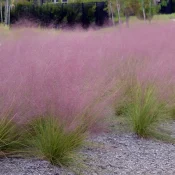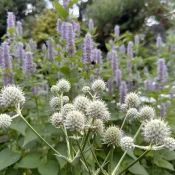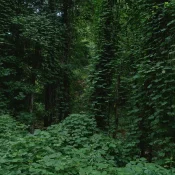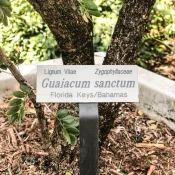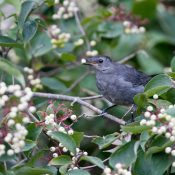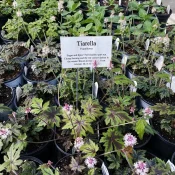Grasses don’t always get the spotlight in gardening, but maybe they should. Enter Prairie Dropseed, a true scene-stealer. In spring, it sprouts bright green blades. By summer, it stands two feet tall, crowned with airy, shimmering seed heads. Come fall, it turns golden bronze, feeding songbirds as it sways into winter. Low maintenance, visually stunning, and perfect for any sunny garden—this is one grass worth a starring role. Scroll on for planting tips.
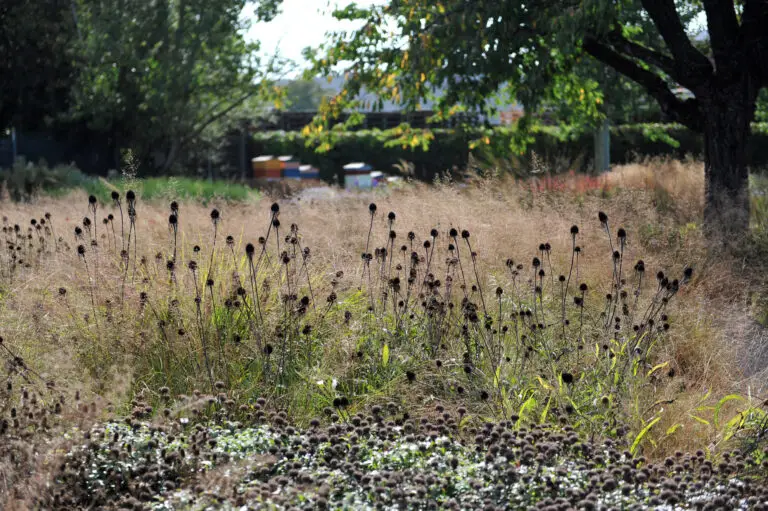
Grasses rarely get the attention they deserve, but Prairie Dropseed is here to change that. Don’t just take it from us—native experts at Prairie Nursery say Prairie Dropseed is “considered by many to be the most handsome of all prairie grasses.”
Let’s start our introduction to this native gem by answering a basic question:
What are the benefits of growing Prairie Dropseed?
- Tough & Low Maintenance: Once established, this grass thrives on neglect—no watering, no fertilizing, no fuss.
- Great for Birds: Provides seeds for birds in fall and winter.
- Perfect for Borders & Meadows: Looks just as good in formal garden beds as it does in wild prairie-style plantings.
- Handles Poor Soil & Drought: Thrives in well-drained soil and can tolerate dry conditions like a champ.
New to native?
Before lawns and landscaping, native plants were here. They’ve fed birds, bees, and butterflies for thousands of years—and they’ll do the same in your yard. The best part? They’re easier to grow than you think.
Finally, there is one more reason to add this plant to your garden. 🦋
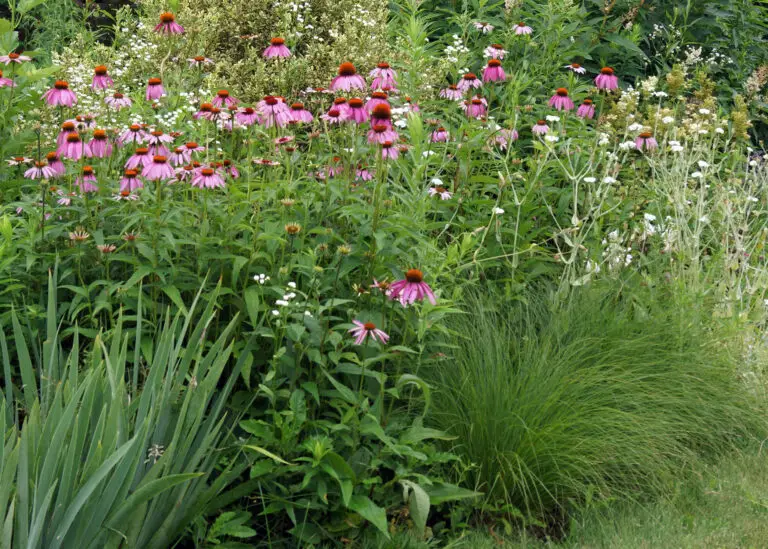
Prairie Dropseed is a host plant
Prairie dropseed is a host plant for six species of butterflies and skippers, including some rare and endangered ones.
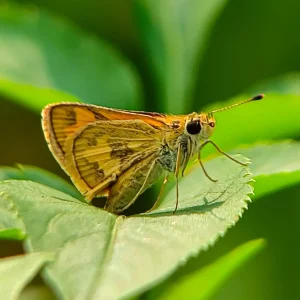
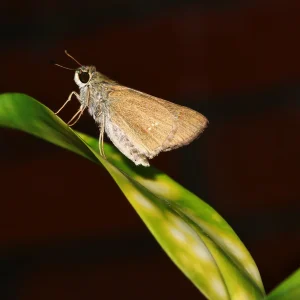
Sadly, this plant is endangered in many states
According to the North Carolina Gardener Extension Toolbox, “This plant is listed by the Department of Agriculture as endangered in seven eastern states, including North Carolina.” Prairie Dropseed is endangered in Connecticut, Kentucky, Maryland, Pennsylvania, Ohio, and North Carolina.
Time to plant some ASAP.
Does it remind you of another plant? There are a few native grasses that offer cinematic beauty, too. Here are some similar natives:
Meet some other native grasses
Getting into native grasses? Here are some others to introduce you to:
Prairie Dropseed throughout the seasons
Unlike many non-native evergreens, native grasses like Prairie Dropseed change dramatically with the seasons. Prairie Nursery, an iconic native plant seller, says it beautifully in their 2025 seed catalog, “A fountain of fine textured emerald-green leaves adds elegance to any planting. This low-growing prairie grass makes a well-defined garden border when planted 24 inches apart.”
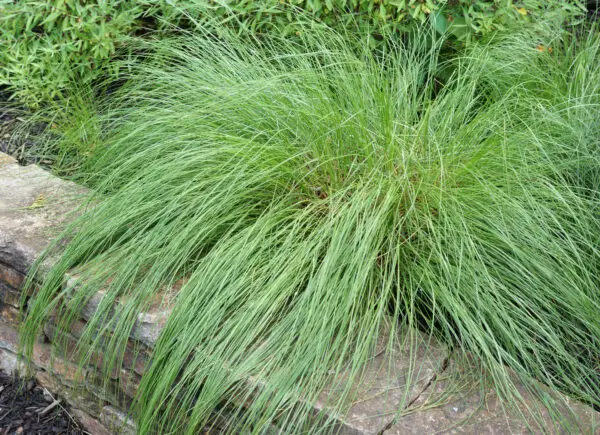
Spring/Summer
As temperatures rise, fresh green blades of grass emerge from its deep roots. The bright green color looks like it’s plugged in.
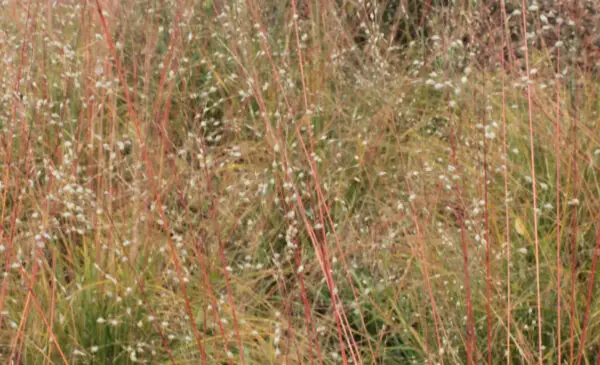
Late Summer/Fall
Frothy, dream-like pinkish seed heads emerge in late summer. The seeds smell great—a little like coriander, popcorn, or a cousin of cilantro.
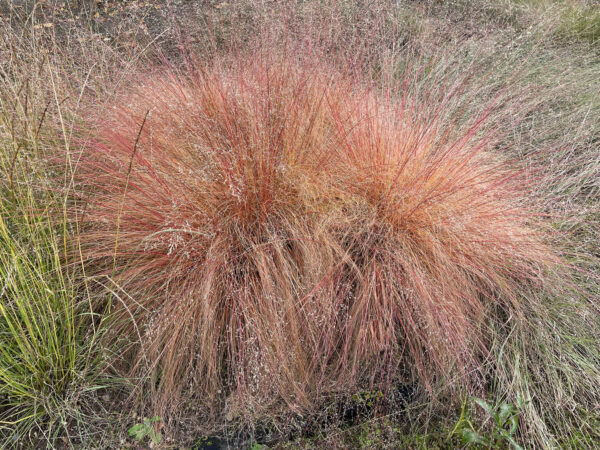
Fall/Winter
The green fades to regal bronze. Leave it where it is, and watch songbirds snack on seeds.
How to grow Prairie Dropseed
A few things to keep in mind when planting Prairie Dropseed in your yard:
- Full sun is key. Prairie Dropseed thrives in open, sunny spaces. If you plant it in shade, it will struggle to grow and may flop over.
- It loves dry, well-draining soil. In the wild, it grows in prairies and open meadows—meaning it’s built to handle drought. Avoid soggy or heavy clay soils.
- Give it time to fill in. Prairie Dropseed is slow-growing, especially in its first few years. But once established, it forms dense, fountain-like clumps that stay beautiful year-round.
- Leave it standing in winter. The golden foliage and airy seed heads add texture and movement to winter landscapes—and provide food for birds.
Once established, Prairie Dropseed needs little to no maintenance. No fertilizing, no watering—just plant it and enjoy. The University of Wisconsin, Madison says it clearly: “Once established it needs little care other than pulling, cutting, or burning the old foliage off in late winter or early spring before new growth begins.” That’s a 15-minute job to enjoy years of beauty.
Where is Prairie Dropseed native?
This native grass is native to half of North America, from Nova Scotia to the Midwest United States.
Where can I find Prairie Dropseed?
We will not lie and say that finding Prairie Dropseed will be as simple as driving to your closest plant nursery. It might take a little extra energy to find this native gem, but it is worth it! Here are some recommendations for sourcing this native plant:
Where can I find seeds and plants?
Finding native plants can be challenging (we partly blame Marie Antoinette.) To make it easier, we’ve assembled four sourcing ideas.
300+ native nurseries makes finding one a breeze
Explore 100+ native-friendly eCommerce sites
Every state and province has a native plant society; find yours
Online Communities
Local Facebook groups are a great plant source
What are good pairings for Prairie Dropseed?
Prairie Dropseed’s name gives you a clue—this plant loves sun. Pair with other natives that thrive in this environment, like Purple Coneflower, Bee Balms, Blazing Star, and Rattlesnake Master.
If you want a low-maintenance, visually stunning, and wildlife-friendly native grass, Prairie Dropseed is it. From its lush green summer form to its golden winter elegance, this plant is a must-have for any sunny garden. Pair these with other sun-loving natives and enjoy beauty with minimal work. Happy planting!
Sources
- Usda.gov. “Prairie Dropseed.” USDA Plants Database, 2025.
- Wisconsin Horticulture. “Prairie Dropseed, Sporobolus Heterolepis,” 2025.
- Wildflower.org. “Prairie Dropseed.” Lady Bird Johnson Wildflower Center – the University of Texas at Austin, 2019.
- Sanford, Haley. “Pa. Endangered Species Series: Prairie Dropseed.” The Courier Express, November 24, 2023.
- Usda.gov. “Sporobolus Heterolepis,” n.d.
- Ohiodnr.gov. “Prairie Dropseed,” 2021.
- “About Prairie Dropseed – Maryland Biodiversity Project.” Maryland Biodiversity Project, 2015.
- CT.gov – Connecticut’s Official State Website. “Endangered Threatened and Special Concern Plants,” 2015.
- Narem, Diane M., and Mary H. Meyer. “Native Prairie Graminoid Host Plants of Minnesota and Associated Lepidoptera: A Literature Review.” Journal of the Lepidopterists’ Society 71, no. 4 (November 1, 2017): 225–35.
- Meyer, Mary Hockenberry, and Diane M. Narem. “Prairie Dropseed Germination Highest with Warm, Moist Conditions,” HortTechnology hortte 29, 6 (2019): 830-832.
- Xiong, ChueKongPheng. “Prairie Dropseed (Sporobolus Heterolepis).” Accessed February 19, 2025.
What if your feed was actually good for your mental health?
Give your algorithm a breath of fresh air and follow us.
